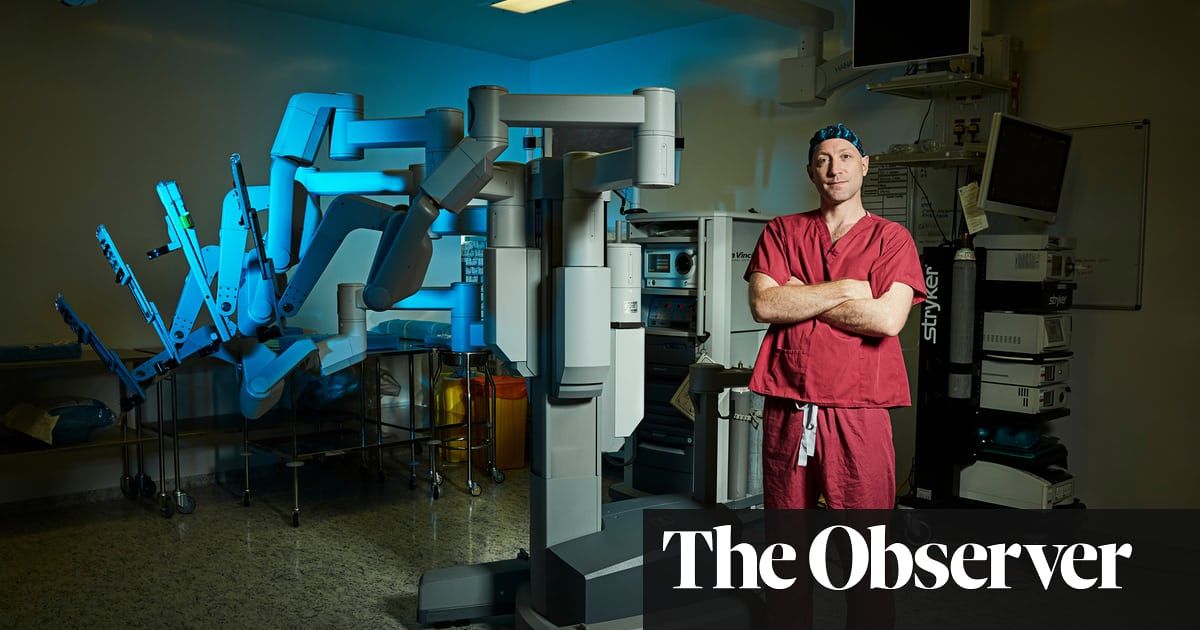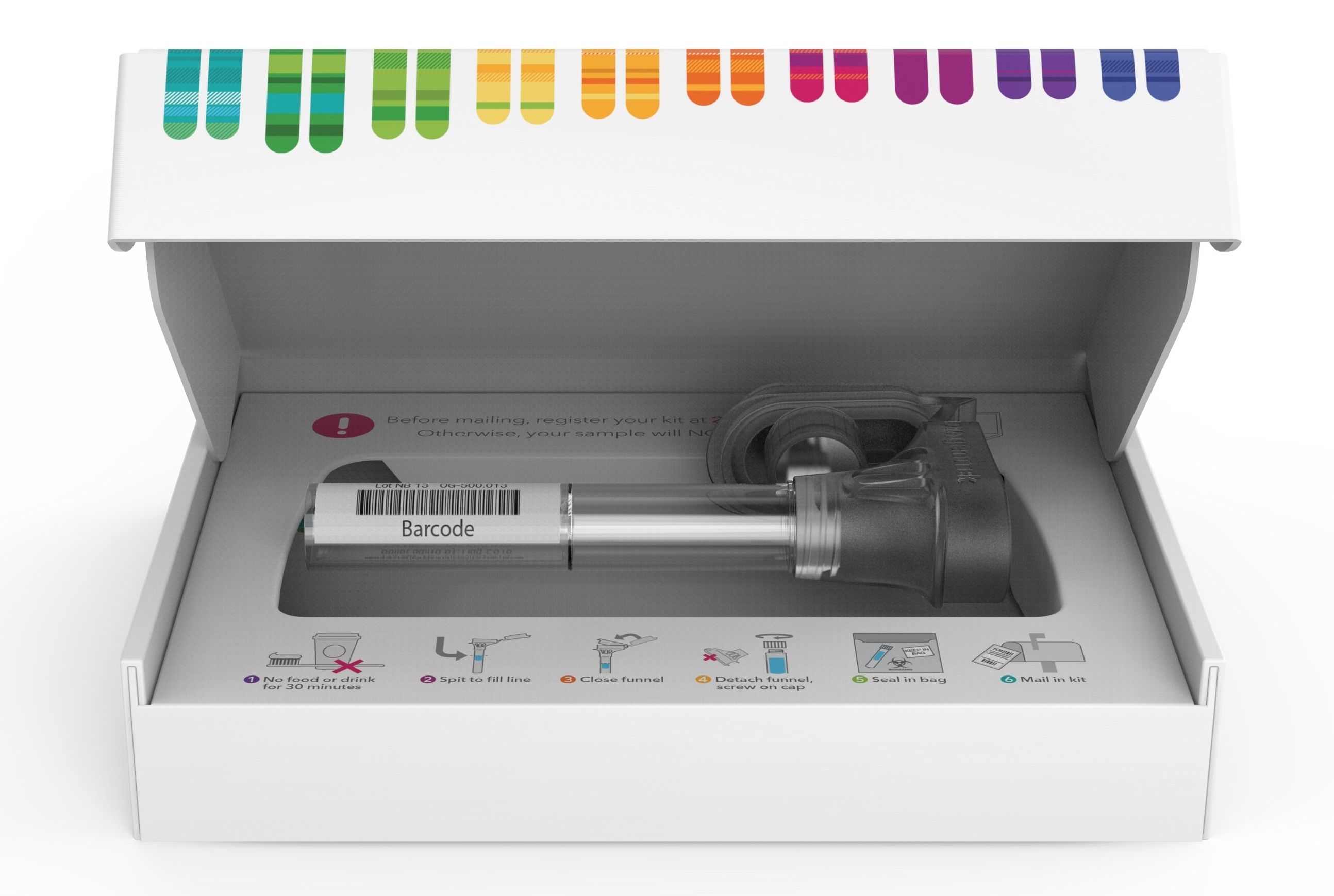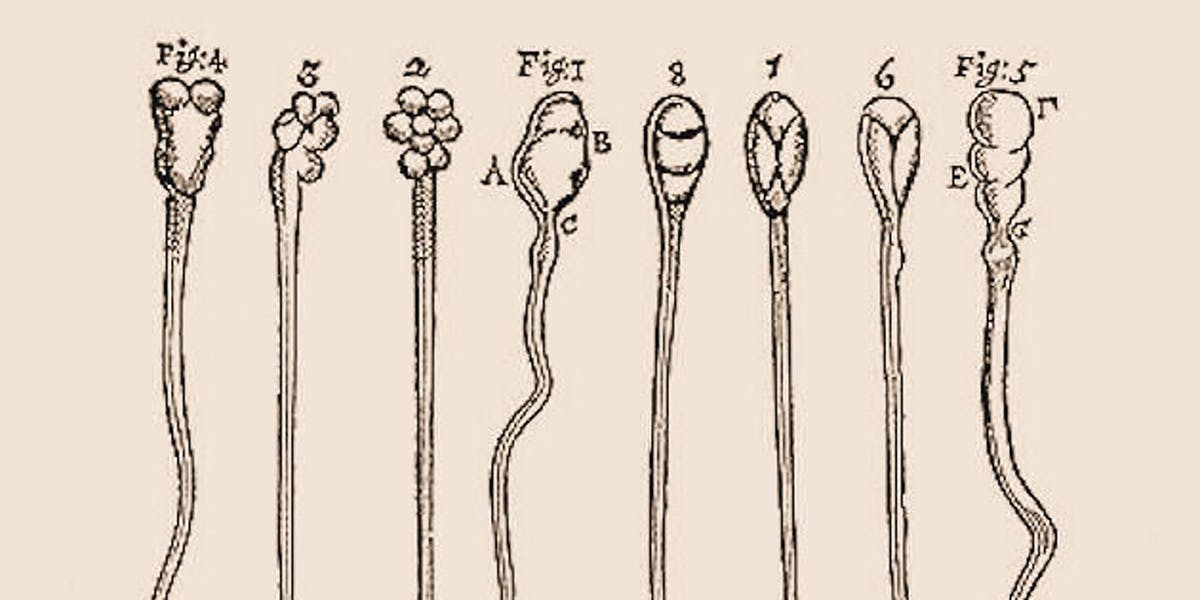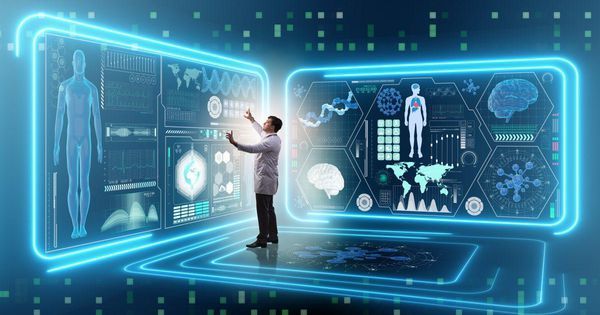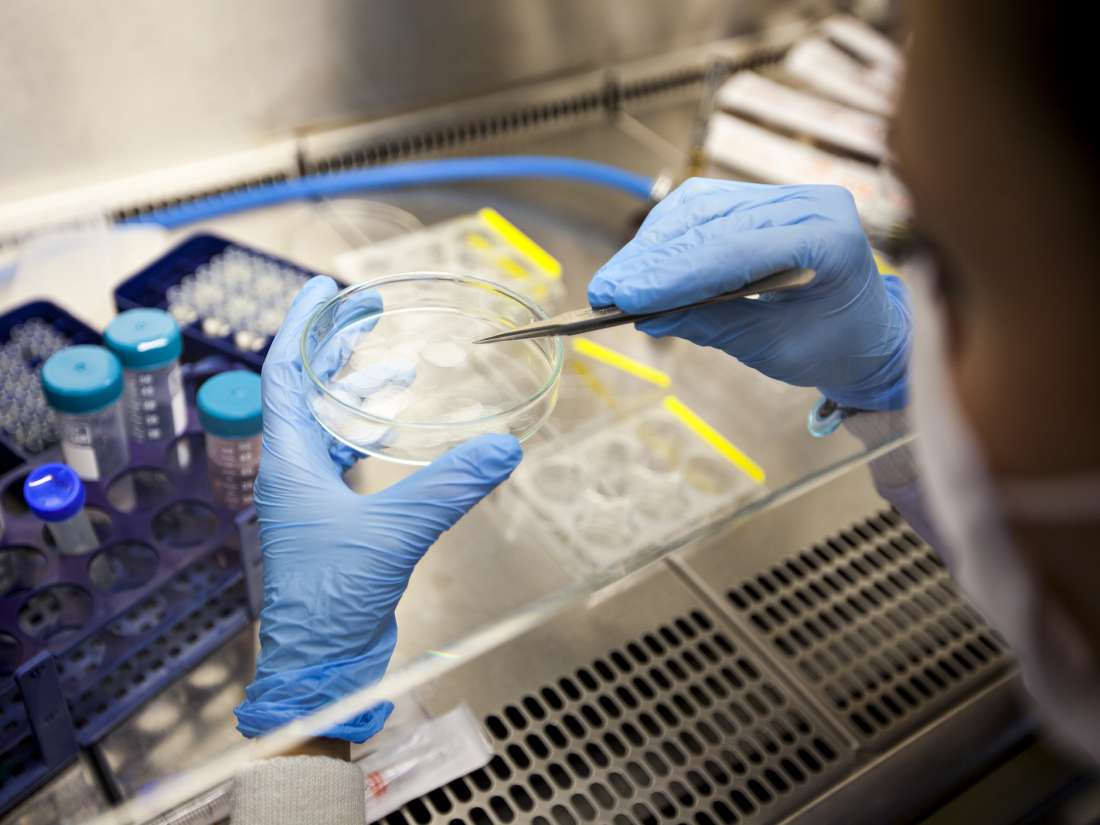A new interview on LEAF with biogerontologist Dr. João Pedro de Magalhães.
Today, we have an interview with Dr. João Pedro de Magalhães, the biogerontologist who created and runs senescence.info. In the unlikely event that his name is new to you, we had another interview with him last year, which you can check out here.
How do you think we age; are we programmed to die, do we wear out, or is the truth a mixture of both?
I don’t think we wear out. Humans and complex animals are made of cells and molecules that, by and large, have some turnover; we can replace most of our components, so I don’t think it’s correct to see aging as wearing out, at least not in complex animals like humans. (Please see here.) That said, I do think that some forms of cumulative damage contribute to the aging process, such as DNA damage. I also think that there are programmatic aspects to aging. That is, I think that genetic programs coordinating some aspects of growth and development persist into adulthood and become detrimental as forms of antagonistic pleiotropy. It is probably a combination of molecular damage and the inadvertent actions of genetic programs that causes aging.

